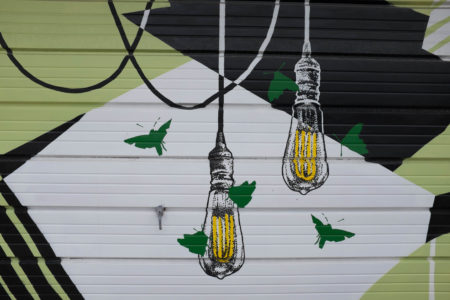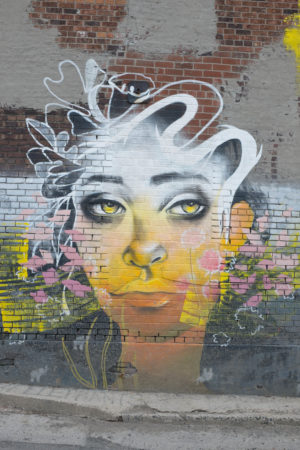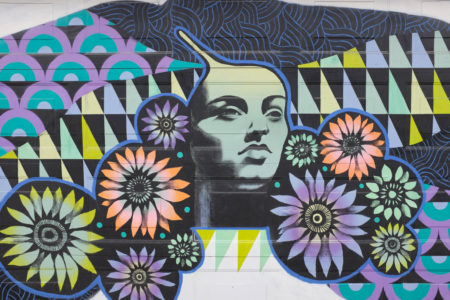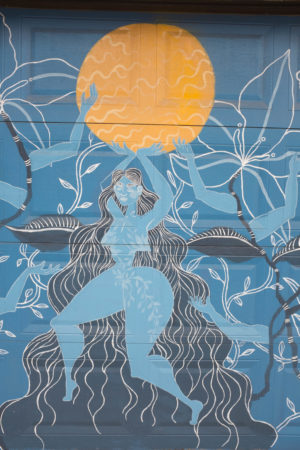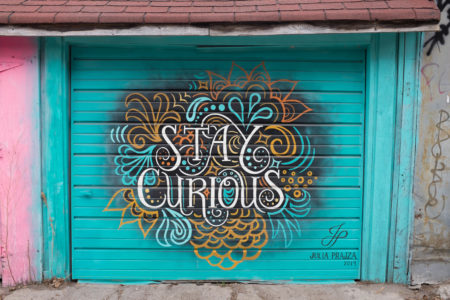Author: Milan
Yellow eyes
Con artist terminology
The confidence game starts with basic human psychology. From the artist’s perspective, it’s a question of identifying the victim (the put-up): who he is, what does he want, and how can I play on that desire to achieve what I want? It requires the creation of empathy and rapport (the play): an emotional foundation must be laid before any scheme is proposed, any game set in motion. Only then does it move to logic and persuasion (the rope): the scheme (the tale), the evidence and the way it will work to your benefit (the convincer), the show of actual profits. And like a fly caught in a spider’s web, the more we struggle, the less able to extricate ourselves we become (the breakdown). By the time things begin to look dicey, we tend to be so invested, emotionally and often physically, that we do most of the persuasion ourselves. We may even choose to up our involvement ourselves, even as things turn south (the send), so that by the time we’re completely fleeced (the touch), we don’t quite know what hit us. The con artist may not even need to convince us to stay quiet (the blow-off and fix); we are more likely than not to do so ourselves. We are, after all, the best deceivers of our own minds. At each step of the game, con artists draw from a seemingly endless toolbox of ways to manipulate our belief. And as we become more committed, with each step we give them more psychological material to work with.
Konnikova, Maria. The Confidence Game. Why We Fall for It… Every Time. Penguin Books, 2016. p. 11-2
Face among flowers
Our psychological vulnerability to the con
In the 1950s, the linguist David Maurer began to delve more deeply into the world of confidence men than any had before him. He called them, simply, “aristocrats of crime.” Hard crime—outright theft or burglary, violence, threats—is not what the confidence artist is about. The confidence game—the con—is an exercise in soft skills. Trust, sympathy, persuasion. The true con artist doesn’t force us to do anything; he makes us complicit in our own undoing. He doesn’t steal. We give. He doesn’t have to threaten us. We supply the story ourselves. We believe because we want to, not because anyone made us. And so we offer up whatever they want—money, reputation, trust, fame, legitimacy, support—and we don’t realize what is happening until it is too late. Our need to believe, to embrace things that explain our world, is as pervasive as it is strong. Given the right cues, we’re willing to go along with just about anything and put our confidence in just about anyone. Conspiracy theories, supernatural phenomena, psychics: we have a seemingly bottomless capacity for credulity. Or, as one psychologist put it, “Gullibility may be deeply ingrained in the human behavioral repertoire.” For our minds are built for stories. We crave them, and, when there aren’t ready ones available, we create them. Stories about our origins. Our purpose. The reasons the world is the way it is. Human beings don’t like to exist in a state of uncertainty or ambiguity. When something doesn’t make sense, we want to supply the missing link. When we don’t understand what or why or how something happened, we want to find an explanation. A confidence artist is only to happy to comply—and the well-crafted narrative is his absolute forte.
Konnikova, Maria. The Confidence Game. Why We Fall for It… Every Time. Penguin Books, 2016. p. 5-6
Blue, yellow, leaves
Con artists and the Holmes canon
On one of today’s walks I listened to an unusually good episode of the I Hear of Sherlock Everywhere podcast: The Confidence Game.
I ordered Maria Konnikova’s book The Confidence Game: Why We Fall for It… Every Time and will read David Maurer’s 1940 book The Big Con when I go back to visiting libraries.
In addition to the Sherlockian interest, there is a double relevance to climate change politics. Studying persuasion and the influencing of others’ beliefs and behaviours may help inform strategy to help create effective climate change policies, as well as help with understanding how climate change deniers are so persistent and influential.
Long ears, long fingers
COVID’s second spring
My winter thread is now behind the times, so this will be a new place to track COVID stories of interest and importance.
One I saw today is not encouraging: More young Canadians getting severe COVID-19, being hospitalized: experts
According to new modelling from the Public Health Agency of Canada, Canada is on track to see a “strong resurgence” of COVID-19 cases across the country if these variants continue to spread and become more commonplace, and if public health measures remain at current levels.
The new long-range projections, released on Friday, show that the highest incidences of COVID-19 are currently being experienced in British Columbia, Saskatchewan, Manitoba, and parts of Ontario, while the overall incidence rates are highest among young adults aged 20 to 39 and have declined among older Canadians.
Let’s all do what we can to combat complacency and sustain the public determination to keep acting protectively toward one another.

